Deck & Commander Strategies

Liesa, Forgotten Archangel
Angel tribal deck focused on graveyard disruption and resilience, using lifelink flying creatures and graveyard hate to control the game while wearing down opponents.
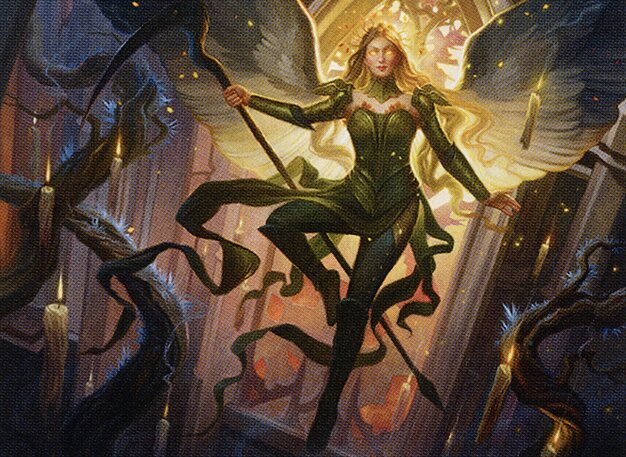
Sigarda, Champion of Light
Human tribal deck leveraging efficient humans and coven ability to consistently find and deploy creatures, maintaining board presence and pressure.

Lynde, Cheerful Tormentor
Curse tribal deck that enchants itself with curses to draw cards and then transfers those curses to opponents to disrupt their gameplay and build advantage.
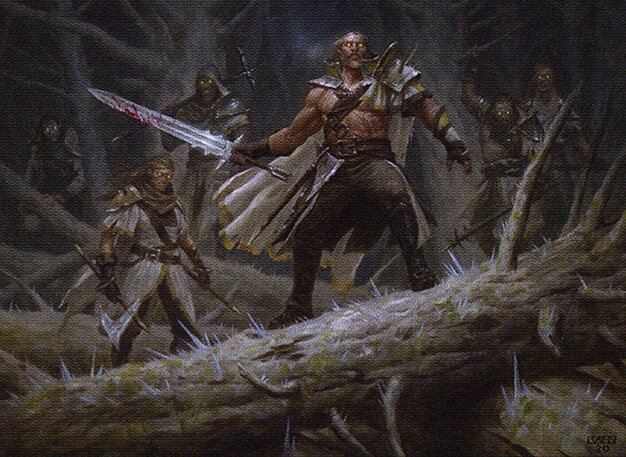
Tovolar, Dire Overlord
Werewolf tribal deck focused on flipping werewolves to stronger forms, gaining trample and card draw from combat damage triggers to apply aggressive pressure.
Gameplay Insights
- 1
Tovolar's ability to flip werewolves and grant trample was instrumental in generating card advantage and maintaining aggressive board development.
- 2
Lynde's strategy of enchanting herself with curses before passing them to opponents created a unique card draw engine coupled with disruption.
- 3
Sigarda's coven ability allowed consistent tutoring of humans, ensuring a steady stream of threats to maintain board presence.
- 4
Liesa's graveyard disruption pressured opponents' recursion strategies, creating a control element that shaped the flow of the game.
- 5
The interplay of tribal synergies across different creature types led to dynamic board states requiring careful timing and prioritization of spells and attacks.
Notable Cards
-
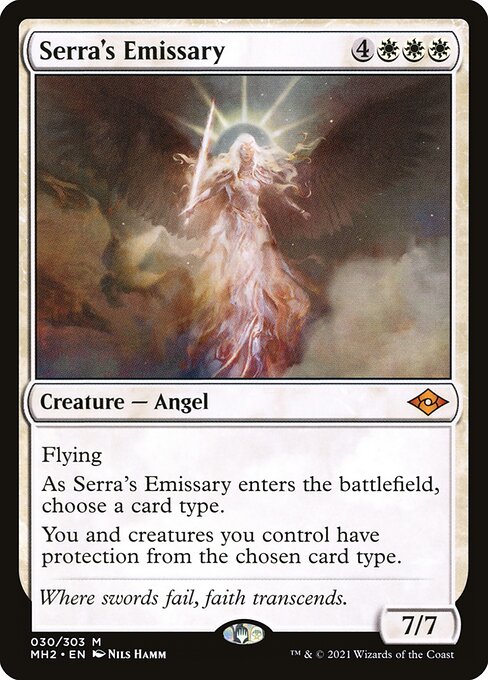
Serra's Emissary
-
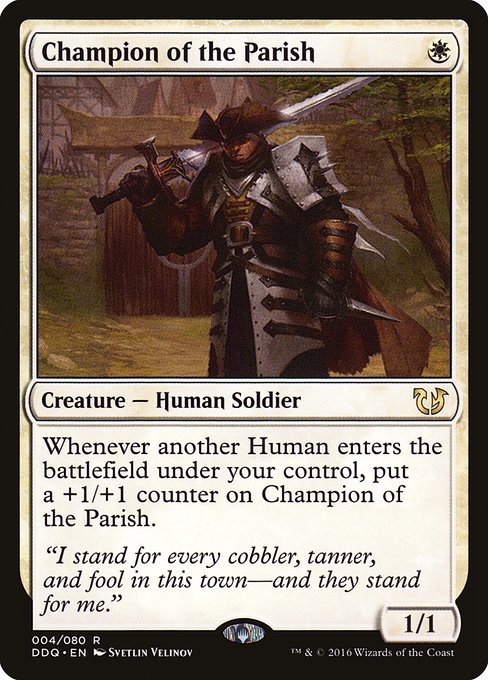
Champion of the Parish
-

Curse of Opulence
-
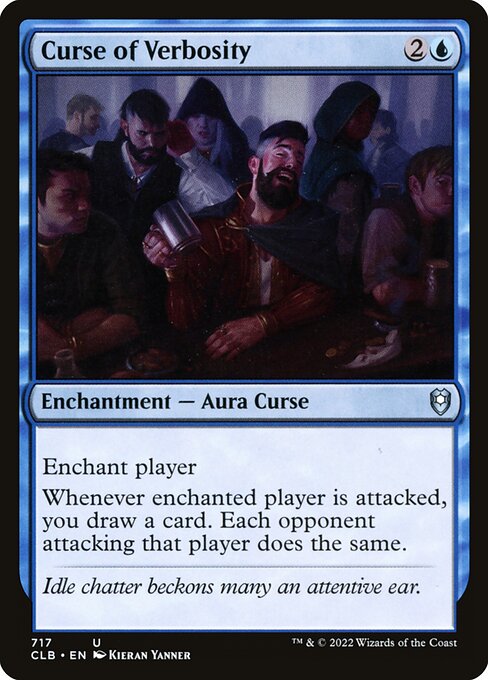
Curse of Verbosity
-

Tovolar, Dire Overlord // Tovolar, the Midnight Scourge
-
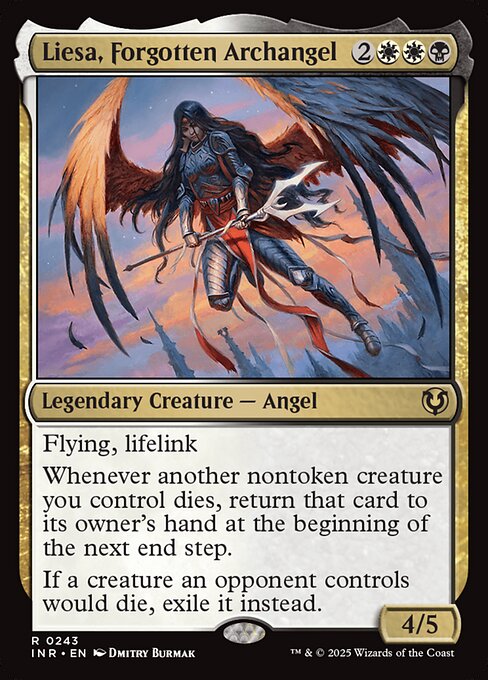
Liesa, Forgotten Archangel
Gameplay Summary
The game featured four players each piloting tribal decks themed around Innistrad's Midnight Hunt set: Humans, Werewolves, Angels, and Curses.
The gameplay began with players establishing their boards, deploying tribal synergies and curve plays.
Tovolar, Dire Overlord led the Werewolf deck, focusing on transforming creatures and card draw through combat damage triggers, while Sigarda, Champion of Light pushed a classic Human tribal strategy with a focus on efficient creatures like Champion of the Parish.
Liesa, Forgotten Archangel controlled an Angel tribal deck with a graveyard interaction subtheme, aiming to disrupt opponents' graveyards while leveraging lifelink and flying threats.
Meanwhile, Lynde, Cheerful Tormentor piloted a Curse-focused deck that played curses on herself to draw cards and then passed those curses to opponents to hinder their strategies and gain incremental advantages. Key turning points included Tovolar's werewolves flipping and gaining trample, enabling aggressive pressure and card draw, while Liesa's graveyard hate and resilience created a strong defensive backbone.
Sigarda's ability to tutor humans off the top of the deck through her coven ability helped maintain constant pressure and board presence.
Lynde's curses, particularly Curse of Opulence and Curse of Verbosity, provided both card advantage and disruption, creating a unique gameplay dynamic.
The interactions between these tribal synergies and the incremental advantage from curses formed the core gameplay tension, with players needing to balance aggression, disruption, and board development.
Ultimately, the game showcased the strengths and challenges of tribal decks in a multiplayer Commander environment, highlighting tribal cohesion, incremental advantage, and strategic timing of spells and combat as pivotal factors.
![What's The Strongest Tribe In Midnight Hunt?! [ EDH/Commander, Budget Magic The Gathering Gameplay ] thumbnail](https://i.ytimg.com/vi/KAlMoQjaE-0/maxresdefault.jpg)



![Delina vs Sigarda vs Bruenor vs Liesa [EDH/Commander, Magic The Gathering Gameplay] thumbnail](https://i.ytimg.com/vi/JTB3oaampHU/sddefault.jpg)
![Sigarda vs Tovolar vs Kotori vs Raiyuu [Budget EDH/Commander, Magic The Gathering Gameplay 2022] thumbnail](https://i.ytimg.com/vi/NkhYuYsAvpU/sddefault.jpg)
![$125 Budget!! Firja vs Lathril vs Lynde vs Tovolar [EDH/Commander, Magic The Gathering Gameplay] thumbnail](https://i.ytimg.com/vi/bRtAPE8DXIw/sddefault.jpg)

![Green Green and the Mean Machine, ft. Keruga, Go-Shintai, Tovolar, Rakdos [EDH/Commander Gameplay] thumbnail](https://i.ytimg.com/vi/5M3DNEny-eM/sddefault.jpg)
![This Pod Chose Violence, ft. Narset, Tovolar, Liesa, Yuriko [EDH/Commander Gameplay] thumbnail](https://i.ytimg.com/vi/O_Do3hCQEPc/sddefault.jpg)
![Omnath vs Jodah vs Tovolar vs Trynn Silvar [EDH/Commander, Magic the Gathering Gameplay 2023] thumbnail](https://i.ytimg.com/vi/HwmtCQipinY/sddefault.jpg)

![Yarok vs Inalla vs Nekusar vs Yuriko [EDH Gameplay] 2019 thumbnail](https://i.ytimg.com/vi/DMN5TuN0Lhw/sddefault.jpg)
![Lord Windgrace vs Tuvasa vs Niv Mizzet vs Yuriko [EDH Gameplay] 2020 thumbnail](https://i.ytimg.com/vi/PVpLAAPdUg0/sddefault.jpg)





















